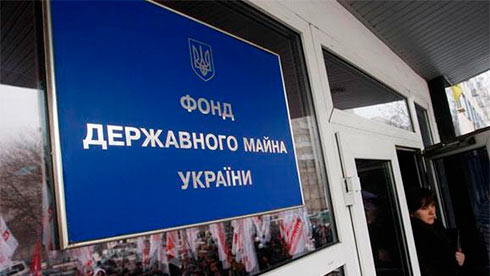
The State Property Fund will be the main recipient of assets recovered from the state under the law “On Sanctions”, so it is advisable from the very beginning to transfer the management of these seized objects to it, rather than to the National Agency for Identification, Search and Management of Assets from Corruption and Other Crimes (ARMA), Deputy Economy Minister Serhiy Sobolev said.
“We support the idea to transfer asset management from ARMA to the State Property Fund,” he said at the presentation of Transparency International Ukraine and Ukrainska Pravda’s project, an online platform “How to confiscate Russian assets in Ukraine?” in Kiev this week.
The discussion cited specific examples of difficulties with the assets of the sub-sanctioned individuals due to the fact that legal proceedings against them go on in parallel in criminal cases, where the seized assets are transferred to ARMA, and through a special recovery procedure in the Supreme Anti-Corruption Court (SACS), following which they end up mostly in the FGI.
According to Sobolev, if the State Property Fund will manage such assets from the very beginning, it will be clear from the beginning who is responsible for them.
According to the Deputy Minister, of the thousands of sanctioned persons and ten thousand legal entities, about 400 have assets in Ukraine, and significant assets – “somewhere up to a hundred”, while the SACS has so far issued 23 decisions.
“That is work ahead of 1.5-2 years. I think, next year we will go through it, the rest – not such large assets,” – predicted Sobolev, expressing the wish that the cases with the largest assets passed this year, and then the State Property Fund promptly sold them.
He emphasized that this is important also because it is important to keep the staff and workability of the enterprises levied to the state.
At the presentation, a representative of the Office of the Prosecutor General Ivan Kibalchychich said that 260 sentences had already been handed down in criminal cases against sub-sanctioned persons and collaborators, including 120 with confiscation of property.